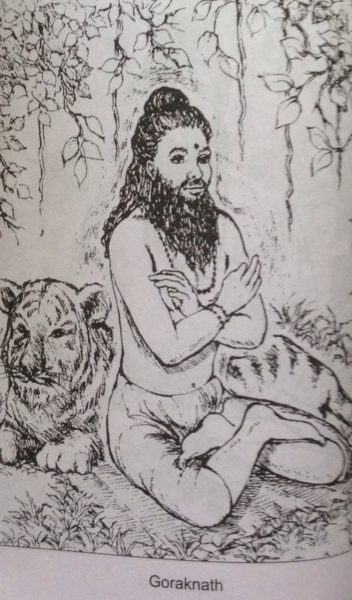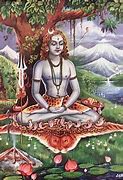
A short story to ponder on this weekend.
*A Crow and Garuda*
*"Just Drop - Let Go"..*
Once a Crow, holding on to a piece of meat was looking for a place to sit & eat.
However, a flock of Eagles were chasing it.
@anexcommie @
*A Crow and Garuda*
*"Just Drop - Let Go"..*
Once a Crow, holding on to a piece of meat was looking for a place to sit & eat.
However, a flock of Eagles were chasing it.
@anexcommie @
The crow was anxious and was flying higher and higher, yet eagles were after the poor crow.
Just then "Garuda" saw the plight and pain in the eyes of the crow. Coming closer to the crow, he asked:
"What's wrong? You seem to be very "disturbed" and in "stress"?"..
Just then "Garuda" saw the plight and pain in the eyes of the crow. Coming closer to the crow, he asked:
"What's wrong? You seem to be very "disturbed" and in "stress"?"..
The crow cried "Look at these eagles!! They are after me to kill me".
Garuda being the bird of wisdom spoke "Oh my friend!! They are not after you to kill you!! They are after that piece of meat that you are holding in your beak". Just drop it and see what will happen.
Garuda being the bird of wisdom spoke "Oh my friend!! They are not after you to kill you!! They are after that piece of meat that you are holding in your beak". Just drop it and see what will happen.
The crow followed the instructions of Garuda and dropped the piece of meat, and there you go, all the eagles flew towards the falling meat.
Garuda smiled and said "The Pain is only till you hold on to it" Just Drop" it.
Garuda smiled and said "The Pain is only till you hold on to it" Just Drop" it.
The crow just bowed and said "I dropped this piece of meat, now, I can fly even higher.."
There is a message for us from this story too:
1. People carry the huge burden called "Ego," which creates a false identity about us,
There is a message for us from this story too:
1. People carry the huge burden called "Ego," which creates a false identity about us,
that we create for ourselves saying "I need love, I need to be invited, I am so and so.. "etc..." Just Drop ....
2. People get irritated fast by "others actions" it can be my friend, My parent, My children, My colleague, My life partner... and I get the fumes of "anger "...
2. People get irritated fast by "others actions" it can be my friend, My parent, My children, My colleague, My life partner... and I get the fumes of "anger "...
"Just Drop....
3. People compare themselves with others.. in beauty, wealth, life style, marks, talent and appraisals and feel disturbed... We must be grateful with what we have ... comparisons, negative emotions .." Just Drop...
3. People compare themselves with others.. in beauty, wealth, life style, marks, talent and appraisals and feel disturbed... We must be grateful with what we have ... comparisons, negative emotions .." Just Drop...
Just drop the burden
It is this logic
From dust to dust
*That is why in temples ash/ vibuthi is given to constantly remind we are nothing but dust.*
Hope this small reminder serves us to be humble towards others.
suprabhātam and have a gr8 weekend ahead!
Shivoham! 🙏🏻🙏🏻🙏🏻
It is this logic
From dust to dust
*That is why in temples ash/ vibuthi is given to constantly remind we are nothing but dust.*
Hope this small reminder serves us to be humble towards others.
suprabhātam and have a gr8 weekend ahead!
Shivoham! 🙏🏻🙏🏻🙏🏻
• • •
Missing some Tweet in this thread? You can try to
force a refresh







